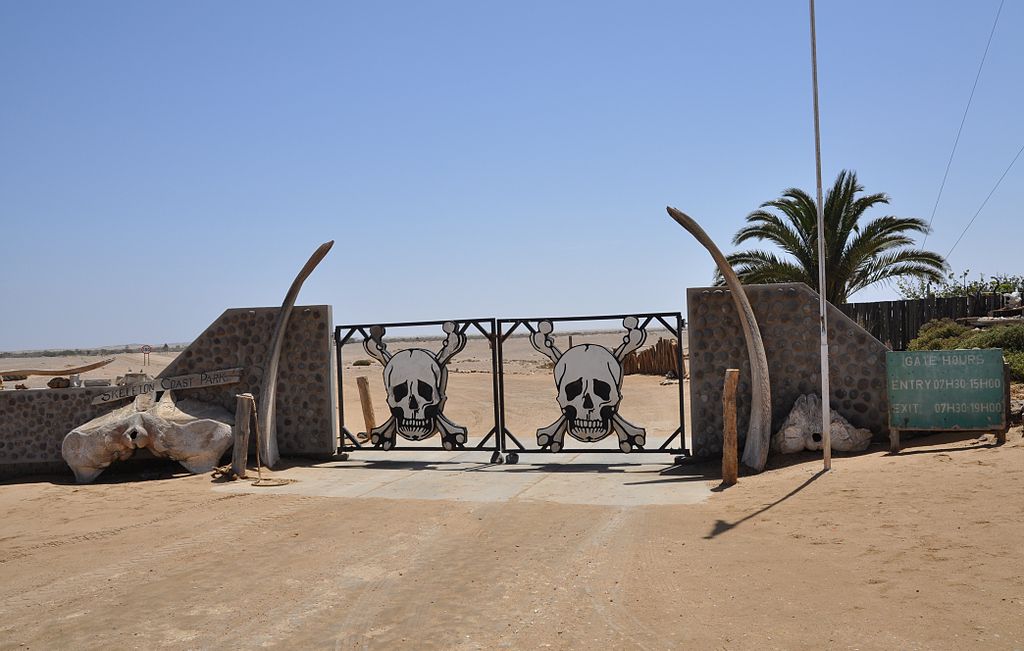Skeleton coast National Park stretches 500 kilometers long and 40 kilometers wide along Namibia’s northwestern coast. Here, thye cold and unpredictable Benguela current of the Atlantic Ocean clashes with the dune and desert landscape of north-western Namibia.Billed as one of the World’s last wild frontiers, Skeleton Coast National Park’s name alone is full of foreboding. With skulls and crossbones signs at times warning you to go no further, the park’s unforgiving nature and desolation does however make for some spectacular scenery. The fog-shrouded beaches of this sprawling and remote wilderness area are littered with Shipwrecks and whale skeletons and make for an eerie yet strangely picturesque scene. Broken on the coastal sands and partially submerged by the encroaching sand dunes, these ships are the main attraction of the park. The unforgiving climate of the cold and dangerous Atlantic coupled with coastal fogs and devilish currents all make the Namibian coast a treacherous stretch of water to navigate.
Although visitors are attracted to the park due to its name and the unforgettable rusting shipwrecks, Skeleton Coast actually has a lot more to offer. Despite the hostile character of the Skeleton coast, there are quite a number of wild animals to observe, for example desert adapted elephants, rhinos, desert lions, brown hyenas, jackals, giraffes, seals, orxy, kudus and zebras. The mountain ranges and gaping canyons make for breathtaking trekking.

